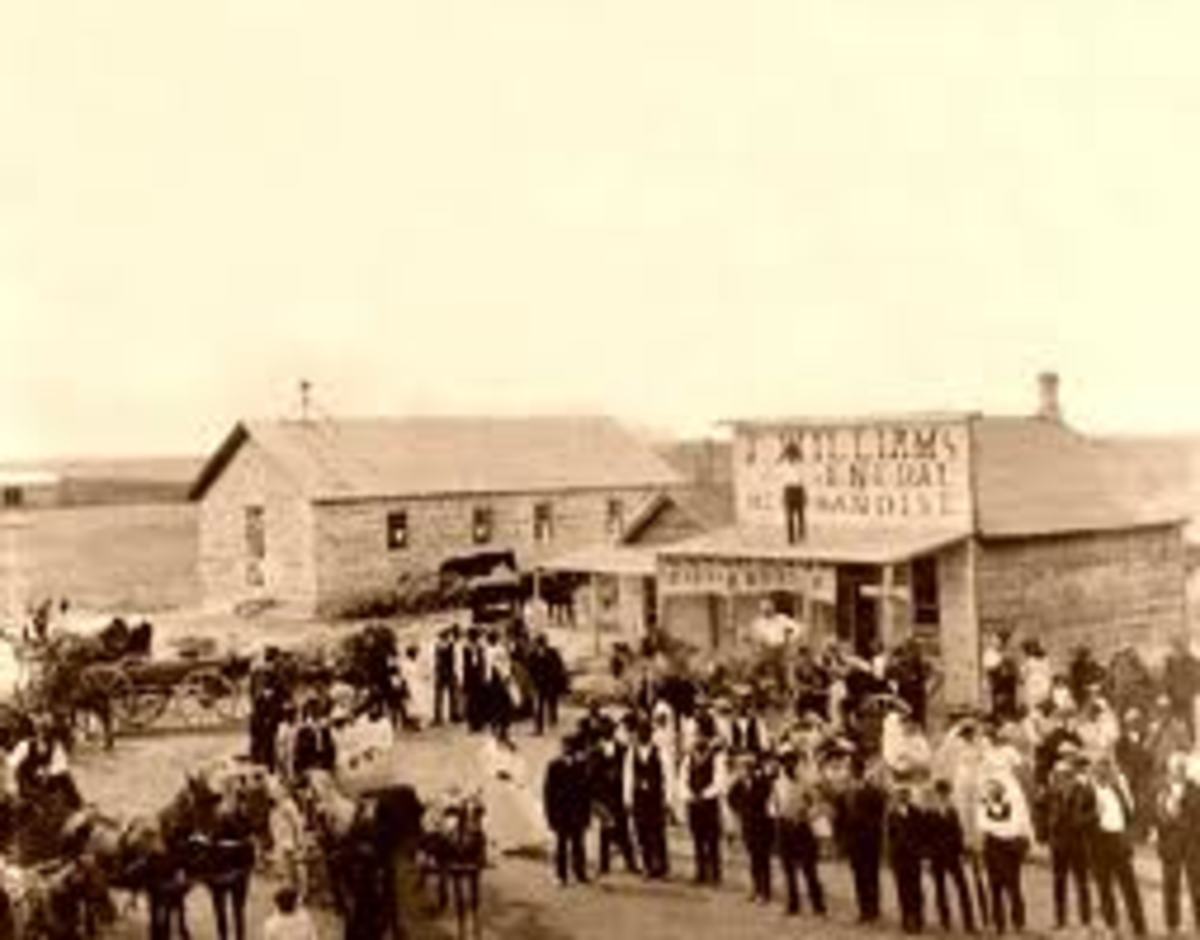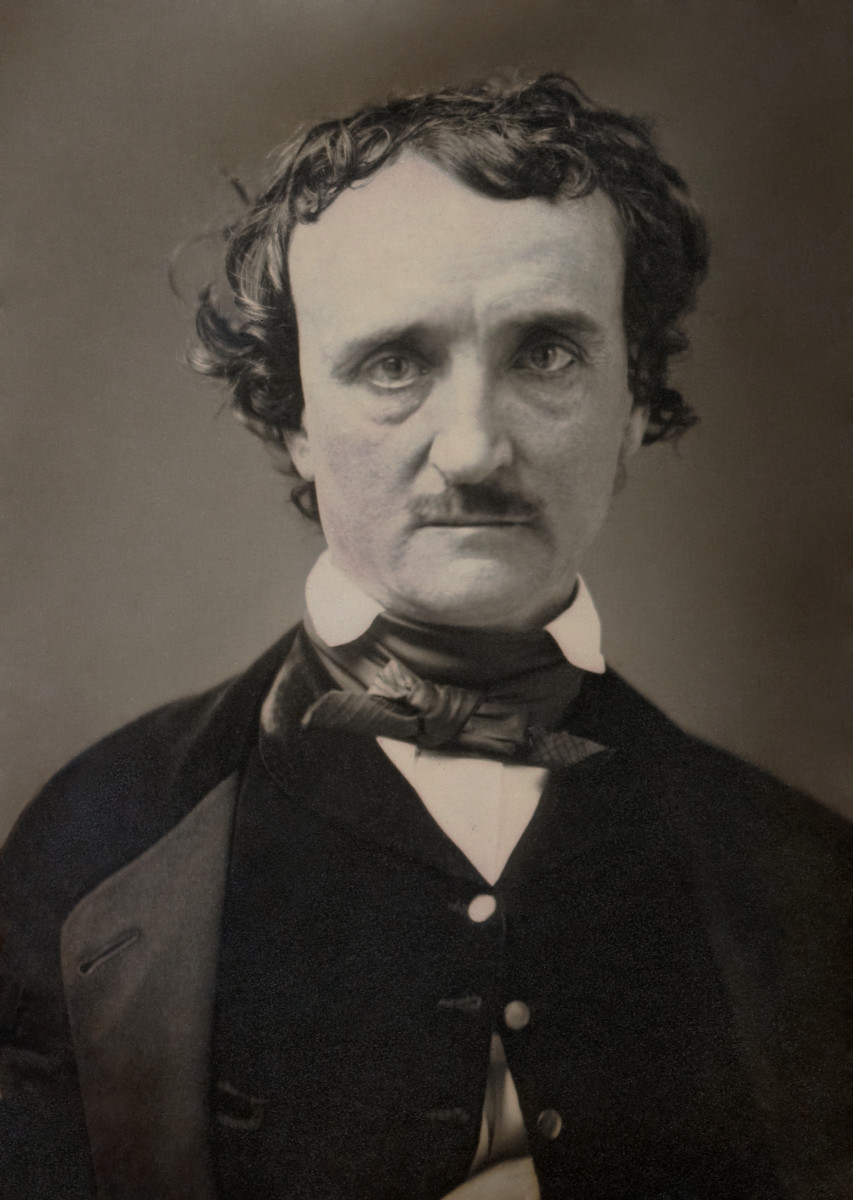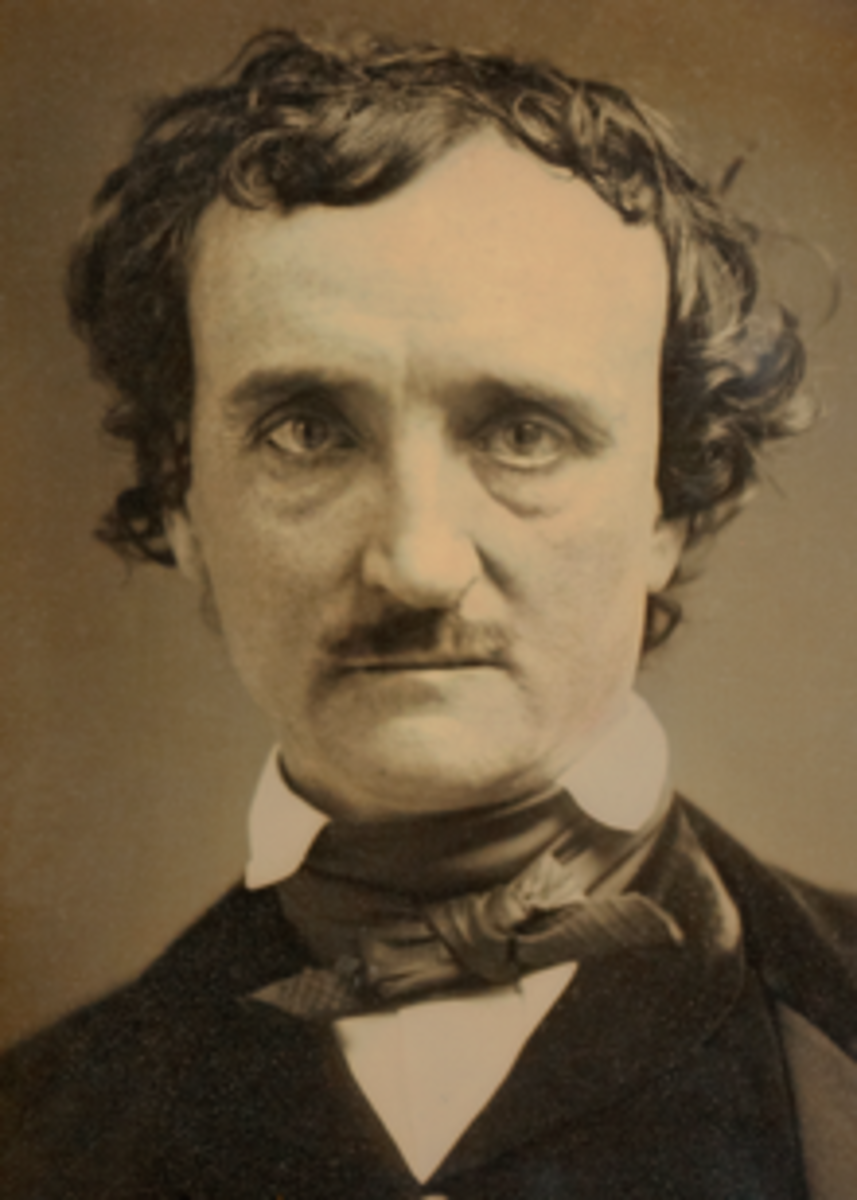Issues Concerning Voice in Alice Childress’ "Trouble in Mind"

Childress’ attention to detail and truth is affirmed in all her works. Childress writes and produces shows about Blacks for Blacks to spark change. Drama provides an image of Blacks in Whites’ minds through accurate visual representations that were not always seen in public (Barlowe 478; Pearson 1; Jennings 10). Childress challenges Blacks to look in the mirror and see a bad depiction of themselves and make a change (Jennings 81). By producing plays about Blacks, Childress attempts to speed up the process of self-realization for others. But Childress does not offer any quick fix or means of change for any problems (115). However, readers, audiences and critics still “overlook the potentially revolutionary content of [Childress’] work” (Schroeder 323; Brown-Guillory Images 230). Trouble in Mind is full of truths not many people are willing to admit.
Using Characters as a Vehicle for Message
Trouble in Mind best articulates what happens when people are forced to confront problems that they wish to ignore through character portrayals. For the most part, many of the characters try to remain silent about their true feelings or circumstances. This in and of itself is a form of voicelessness in the play. But, Wiletta Mayer in Trouble in Mind takes on Childress’ challenge and tries to make a change. She comes to realize one must first understand someone’s culture before one can truly assess if that person has values, morals, and intellect. This role suits Wiletta since she functions as a sort of Black matriarch that can bring any chaos into order. But Wiletta is also the embodiment of past, present, and future issues concerning voice and race.
Real Life Examples in the Drama
The inclusion of real life instances concerning voice helps Childress add credibility to her character portrayals and actions in Trouble in Mind. Childress dapples Trouble with historical racial tensions like Rosa Parks refusing to give up her seat, Martin Luther King, Jr.’s non-violent protests, and the nine Black children attempting to desegregate a school in Little Rock (Jennings 27). In attempting change in thoughts about Blacks, Childress does not try to present a favorable view of Blacks, but rather the truth. She shows real people in real life scenarios and does what she has advised others to do: Tell the truth (Evans 199-200; Dugan 124). Much like the dramas by Don Evans, Childress invites audiences into every aspect of everyday Black life: the kitchen, stoops, bedrooms and living rooms (Pearson 1). While these seem like voiceless acts, they speak volumes. As the old axiom goes, actions speak louder than words.
Childress Speaks for Others
Childress writes and speaks for those with no voice. It does not matter if the voiceless is Black or not, Childress is concerned about humankind. Of course Childress does pay particular attention to her own race. As observed by Childress, works about Blacks or by Blacks rarely address Blacks speaking for themselves about their dilemmas or situations:
Most of our problems have not seen the light of day in our works, and much has been pruned…before the public has been allowed a glimpse of a finished work. It is ironical that those who oppose us are in a position to dictate the quality and quantity of our contributions. To insult a man is one thing, but to tell him how to react to the insult adds a great and crippling injury. (Abramson 189)
But Black works provide “valuable insights about black life and […] their visions […] deserve to be examined” (Brown iv). Paul Carter Harrison asserts popular belief is “Black Theatre has been restrained by a historically passive response by blacks to the hierarchical authority of a dominant culture that subordinates the Afrocentric ethos into conformity” (1). The theatre itself takes on the problems of society. During an interview, Childress makes it clear that White reviewers often think, if Whites were cast in Black roles would the story apply to Whites? If not, they don’t like it (Betsko and Koenig 71). There is a lost association to human beings if they do not resemble, gender or race wise, that person. The term humankind is still fairly forward thinking and revolutionary in this instance.
In Sum
Questions and issues concerning voice still abound in American literature. The discussion of the dichotomy of voice/voiceless is among the ranks of other dyads based on power structures, like oppressor/oppressed. The focus of issues like voice have also become central in works that address other populations and cultures that are seen as “other,” like LGBTQ works. Childress used her acumen with the written word to make her point clear about the impact voice and voicelessness has on both parties while pushing for change.
Works Cited
Abramson, Doris E. Negro Playwrights in the American Theatre 1925-1959. New York: Columbia UP, 1967. Print.
Barlowe, Judith E. ed. Plays by American Women 1930-1960. New York: Applause Theatre Book Publishers, 1994. Print.
Betsko, Kathleen and Rachel Koenig. Interviews with Contemporary Women Playwrights. New York: Beech Tree Books, 1987. Print.
Brown-Guillory, Elizabeth. “Images of Blacks in Plays by Black Women.” Phylon. 47.3 (3rd Qtr., 1986): 230-237. Jstor. Web. 29 July 2005.
Dugan, Olga. “Telling the Truth: AliceChildress as a Theorist and Playwright.” Journal of African American History. (Winter 2002): 146. Academic Search Premier. Web. 29 July 2005.
Evans, Don. “Alice: Conversations with Alice Childress.” Obsidian III: Literature in the African Diaspora. 1.1 (Spring-Summer 1999): 197-204. Print.
Harrison, Paul Carter. “The Crisis of Black Theatre Identity.” African American Review. 31 (1997). 2005 Questia Media America Inc. Web. 30 July 2005.
Jennings, La Vinia Delois. Alice Childress. New York: Twayne Pub., 1995. Print.
Pearson, Kim. “Easy Now: An Evening at Don’s Spot.” Web Log. March 18, 2004. Web. 2 Aug. 2005.
Schroeder, Patricia. “Re-reading Alice Childress.” Staging Difference: Cultural Pluralism in American Theatre and Drama. Eds. Marc Maufort and Peter Lang. New York: Peter Lang Pub., Inc., 1995: 323-338. Questia Media America Inc. Web. 30 July 2005.







